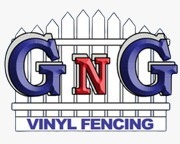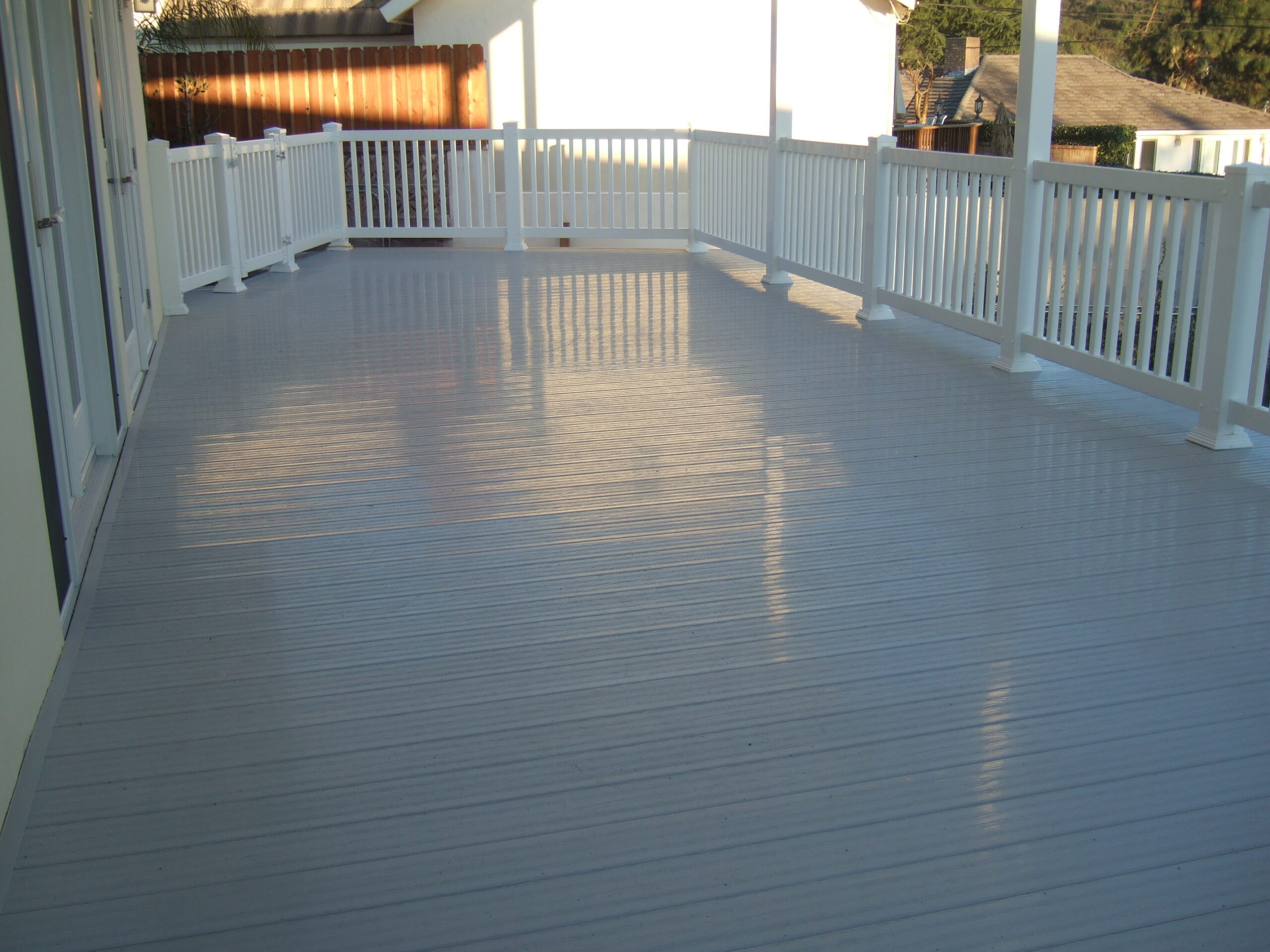FAQ's
Vinyl decking refers to a type of outdoor flooring made from polyvinyl chloride (PVC) that is used to create a durable and attractive surface for outdoor decks.
Yes, vinyl decking is waterproof. It is made of polyvinyl chloride (PVC), a synthetic material that inherently repels water, making vinyl decking an excellent choice for outdoor spaces exposed to moisture and precipitation.
Many vinyl decking products are recyclable and can contribute to sustainability efforts. Check with the manufacturer for specific details regarding eco-friendliness.

